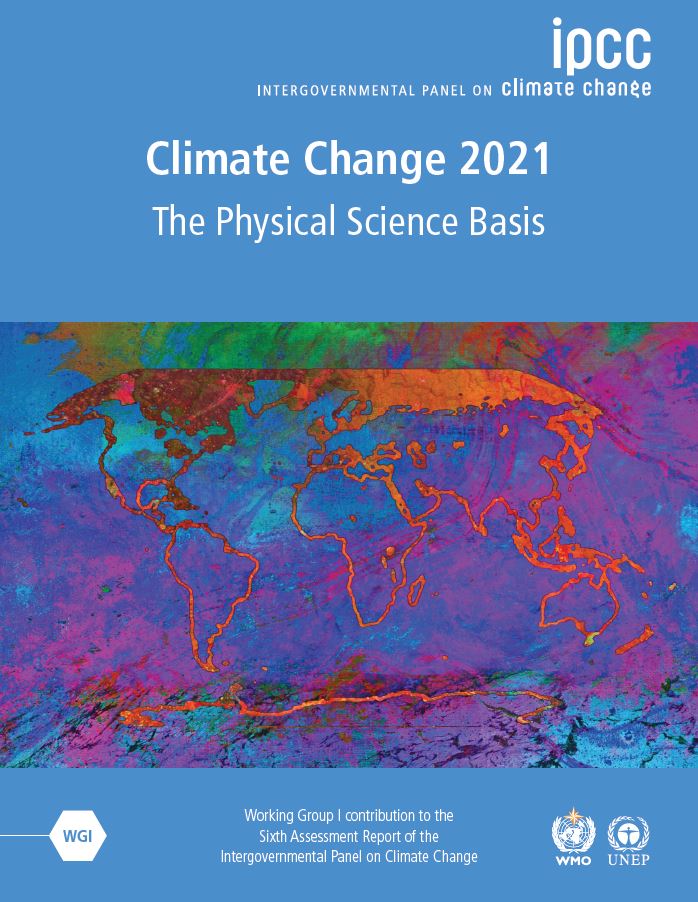
The IPCC’s Sixth Assessment Report (AR6) on the physical science basis of climate change has been released and is available for download here. The Working Group I contribution to the AR6 addresses the most up-to-date physical understanding of the climate system and climate change, bringing together the latest advances in climate science, and combining multiple lines of evidence from paleoclimate, observations, process understanding, and global and regional climate simulations.
These are some of the conclusions extracted from the Summary for Policymakers of the AR6:
- It is unequivocal that human influence has warmed the atmosphere, ocean and land.
- Human-induced climate change is already affecting many weather and climate extremes in every region across the globe.
- Global surface temperature will continue to increase until at least the mid-century under all emissions scenarios considered.
- Many changes in the climate system (e.g., heavy precipitation) become larger in direct relation to increasing global warming.
- Continued global warming is projected to further intensify the global water cycle, including its variability, global monsoon precipitation and the severity of wet and dry events.
- Many changes due to past and future greenhouse gas emissions are irreversible for centuries to millennia, especially changes in the ocean, ice sheets and global sea level.
- Natural drivers and internal variability will modulate human-caused changes, especially at regional scales and in the near term. These modulations are important to consider in planning for the full range of possible changes.
- With further global warming, every region is projected to increasingly experience concurrent and multiple changes in climatic impact-drivers.
- Low-likelihood outcomes, such as ice sheet collapse, abrupt ocean circulation changes, some compound extreme events and warming substantially larger than the assessed very likely range of future warming cannot be ruled out and are part of risk assessment.
- Scenarios with very low or low GHG emissions (SSP1-1.9 and SSP1-2.6) lead within years to discernible effects on greenhouse gas and aerosol concentrations, and air quality, relative to high and very high GHG emissions scenarios (SSP3-7.0 or SSP5-8.5).

Regarding the impact of river flooding on protective infrastructures, the AR6 mentions the need for a re-evaluation of design standards based around flood magnitudes or precipitation intensity-duration-frequency relationships. The report even cites one of the papers of my PhD thesis (Review article: Climate change impacts on dam safety) that you can consulte here.


